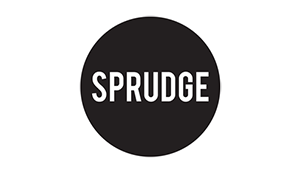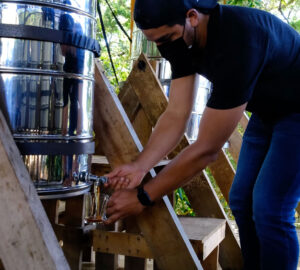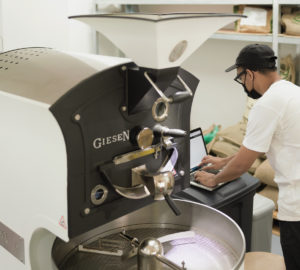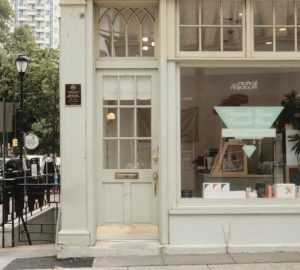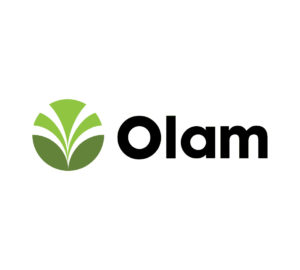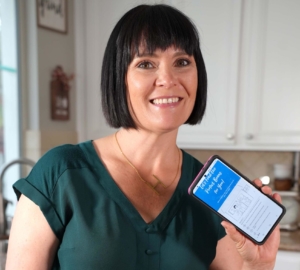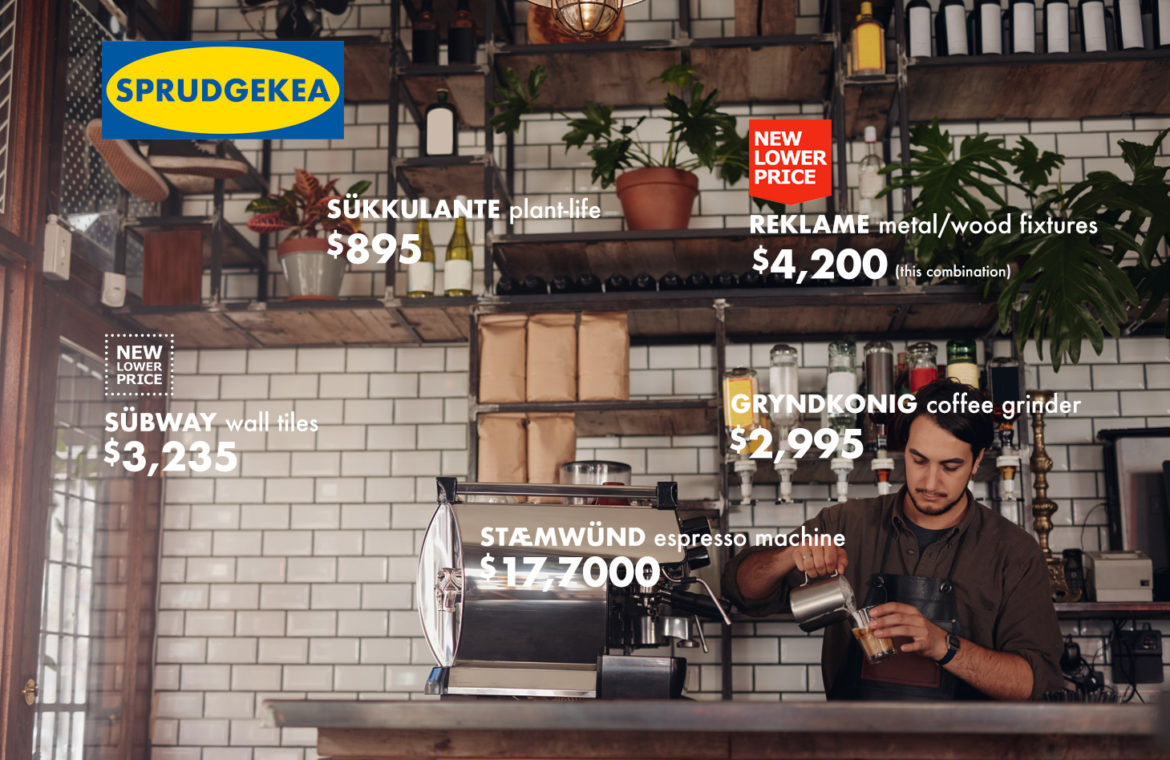
Have you ever wanted to launch your own coffee business but didn’t know quite where or how to seek funding? While this perennial question can present major challenges to all aspiring business owners, there are myriad methods to choose from—or mix and match—to get the launch money you need, each bringing with it a unique set of pros and cons. In this piece, I’ll outline some first steps to apply to your business before you pursue funding, then explore a handful of the countless pathways to acquiring the funds you need to bring your vision to life.
First Steps For Everyone
1. Create a Business Plan
Before pursuing any kind of funding, you’ll need to make a formal business plan. This step is especially critical for obtaining bank loans, but also important for crystallizing focus and gauging needs and costs no matter your funding strategy.
Puerto Rico-based Café Comunión co-founder Ábner Roldán studied business administration before getting into coffee and opening his own cafe; even so, he still felt intimidated by the process of crafting a business plan. Roldán used the online platform liveplan.com to help him with focus and format. “They have templates that you can use, and they give you examples for every part of the plan to help you to write out your idea. When I first sat down to write out my business plan I got stuck, but once I started using this website I did it in no time.”
Coffee veteran Anne Nylander has previously launched two consulting services and is currently in the process of opening her own cafe. She recommends that people drafting business plans be as detailed as possible. “If you’re thinking about starting a business, get as much as you can on paper,” says Nylander. “And don’t be surprised when people expect you to provide more details than you’d ever imagined. The process can take a very long time, so if you want to do it, start now and chip away at it.”
2. Build Your Following
Another thing many business founders I spoke with recommended is developing clientele and/or gauging interest before investing large sums of money in your business. “Build your audience first. Do pop-ups on loaner gear, tastings, whatever,” says Kalle Freese, founder of the now-closed Freese Coffee Co. “This way, you can be sure you’re making something people actually want. ‘Build it and they will come’ is not a good move 99% of the time.”
Getting The Money (And there’s no one right way)
Many of the founders I spoke to raised funds multiple ways, so don’t be afraid to mix and match funding methods—they each provide their own benefits and challenges.
Method One: Small Business Loans
One of the most popular tools for funding a new business are SBAs, or small business loans granted by the U.S. Small Business Administration. There are different types of SBA loans and all of them offer many benefits over conventional business loans, but they also require more paperwork.
Equipped with a thorough business plan, Roldán applied for an SBA loan in May 2016. “After a lot of paperwork, quotes, calls, and stress, my loan was approved on September 2016,” he said. He thought that meant he would receive his money the next day, but instead, he had to go through what’s called the closing process. “It meant that I needed to submit a lot of more paperwork. The closing process was done on December 2016, and we started to get checks to start the construction work on January 2017.” Although Roldàn’s experience shows one timeline, the multi-stage process can move faster in other cases.
“It took a lot of time and stress but it was worth it,” Roldán said. “You need to be very prepared with your concept, plan, numbers, and business idea and ready to answer extensive questions.”
While SBA loans offer freedom from investors, a major pro listed by Roldán, it can be challenging for certain entrepreneurs to get them. Factors like credit score and ability to put down collateral can make it difficult to get approved, especially for people from marginalized groups.
Method Two: Crowdfunding
Crowdfunding is a popular and versatile option for many first-time founders. There are many different crowdfunding platforms specifically geared toward launching businesses and products, each with its own pros and cons. Some, like Kickstarter, work through a single fundraiser for a one-time capital injection, and some, like Patreon, allow patrons to support monthly and provide consistent capital injections. In general, crowdfunding offers a way to obtain money without being accountable for recouping the investment of a bank or investor.
Crowdfunding is a great option for people who, for any number of reasons, have a hard time getting a traditional business loan or SBA loan. It’s also a great way to build your audience and make sure the interest is there before you sink a lot of money into your business idea, and it offers the benefit of being able to fund specific parts of your venture, like an espresso machine, or the whole enchilada.
Luke Tomlinson, co-founder of Grindsmith Coffee in Manchester, used crowdfunding to launch his company. Having previously founded a coffee cart through a traditional bank loan, he met his current co-founder in 2013 and raised 10k in 30 days in order to get their space. On top of that, they raised another 10k through a government startup loan program in order to fund equipment. “Utilizing the Kickstarter platform allowed us to experience the ups and downs of fundraising without becoming a debt-heavy business so early on,” said Tomlinson. “It helped us appreciate the value that people are willing to invest into your brand and idea. If we’d failed to deliver a strong brand value, people wouldn’t believe in our concept and wouldn’t have backed it.”
It’s important to note that many crowdfunding platforms involve the fundraising party laying out a series of rewards for supporters, so make sure to think about what you’ll be able to sustainably offer in return for support. Another constraint to keep in mind is your community’s income: can your community offer the funds to make your fundraiser successful?
Method Three: Investors
Investors are another popular way to gain revenue for a business launch. There are different pathways to finding investors for your brand.
After their initial crowdfund and loan combo, Grindsmith went on to launch another shop, then a roastery and lab, via private equity fundraising. “It’s hardest with your first business: it’s difficult to get funding for a business that isn’t yet tangible,” said Tomlinson. Just as with crowdfunding, he says that if investors can’t get behind the idea, then maybe that’s a good indicator that it isn’t ready yet or isn’t strong enough.
Freese went a very different route: using a family member as an investor. Only 17 when he launched Freese Coffee Co., he had already been working in coffee for four years. After holding a lot of pop-ups and events to establish an audience, he partnered with his father in order to be able to qualify for a bank loan, using his parents’ apartment as collateral. “I was a little unsure about working with my dad as a business partner for the first time, but it worked out well,” said Freese. “It was also scary taking a loan from the bank and being personally liable for it.” He emphasized that personal compatibility is a must when partnering with a family member as an investor, and that, especially in the case of family, using a primary residence of you or a parent as collateral is not a sound idea (his parents used a former residence).
Another way to get investment money is from your social network. Alex Merrill founded Hammerhand Coffee with help from an angel investor he met through a mutual acquaintance. “I had a business plan and was looking for funding and a location,” says Merrill. “[My investor] owned a building in a budding historic downtown area (among other investments he has downtown) and wanted to find someone to open a coffee shop. It was the perfect scenario for both of us.”
Looking back, Merrill, who manages Hammerhand while not technically owning it, can’t imagine funding the business any other way. After a series of unfortunate events wherein the building collapsed, they experienced major clerical errors around taxes, and construction eliminated parking and walkability for over eight months. They had to find another location, and it cost much more than intended. “If we had used a bank loan, we would have been belly-up in six months,” said Merrill. “If my investor had been more eager to get his money back or run, we would have been out in the second six months, but he believed in me and in the brand. We’ve finally leveled out and got ourselves in the black. We have become a staple of the community and that was [our] main goal: to create a space for people of his community to connect and converse over a product that is prepared with thought and care.” While the plan was to move Merrill into a 20% ownership position over the first year, he is holding off in conjunction with his investor while the business earns back lost funds.
One major potential drawback of working with investors is that you lose sole control of your business. Investors may—and likely will—have their own opinions on the best use of their money. “Technically, my investor could come in and change everything I have built and I couldn’t say no,” said Merrill. “Even if I owned 20%, he could out-vote me. This is a real and honest danger doing things this way. You must have a trusting relationship with your investor.”
Eric Squires helped open Three Crowns Coffee in Warsaw, IN, although he’s since parted ways with the business. Interested in starting a coffee company, he was approached by an angel investor through a mutual friend. The investor, who already owned a successful social club and wanted to build in a coffee shop, was a perfect fit for Squires. “It lined up with what I was hoping to do almost exactly. I had no capital to start a business and [my investor] Dave didn’t have the coffee expertise. So Dave bankrolled the project and I ran the shop,” he said.
While the arrangement was a great way to bring a dream to life, Squires ended up leaving the business. “At the end of the day, I didn’t have complete control over how things were done and how money was spent,” he said. “While I had autonomy day to day, there were a number of things that eventually led to myself and Dave parting ways. His vision changed over time and some of the ideas I had were rebuffed. It’s easy to forget that investors are simply trying to turn a profit and their priorities may not always line up with yours.” However, he doesn’t want his story to act as a cautionary tale. “For me, having an investor was good for a season, but if I could give anyone advice on it I’d say know your non-negotiables and get everything in writing.”
Savings
The last major funding option I encountered certainly isn’t for everyone: opening your business out of savings, potentially while working another job. This option depends entirely on your personal situation: cost of living, debt, income needs, and more. However, it’s worth mentioning because many are able to do it and find success.
Davis Sears is currently in the process of launching Welcome Coffee in Portland, OR, with co-founders Sarah Ricks and Justin Boek. The trio is launching solely on savings earned while working as baristas and servers, jobs in which they are still employed while gearing up for launch. Davis acknowledged that this funding method is far from universally accessible. “We’re lucky. We live in a city that has two separate shared roasting spaces where you can rent time on a roaster, two of our owners are in double-income households, and there are three of us, which makes a huge difference. All of these factors are what enabled us to create a plan for growth, and make a timeline for when we’re going to invest how much. But I do think it’s important to note that it can be done.” Sears emphasized that Welcome’s approach revolves not around an expensive brand identity and buildout, but on creating relationships with guests and wholesale partners who view their mission as authentic and valuable to the community.
. . . . .
As you can see, there are many different ways to approach funding a first-time venture. The constants from method to method are that you as a founder need to know what you want to do, why you want to do it, and what parts of your vision you’re willing to compromise. Once you know that, there’s no shortage of ways to get your launch money and bring your vision to life.
RJ Joseph (@RJ_Sproseph) is a Sprudge staff writer, publisher of Queer Cup, and coffee professional based in the Bay Area. Read more RJ Joseph on Sprudge Media Network.






